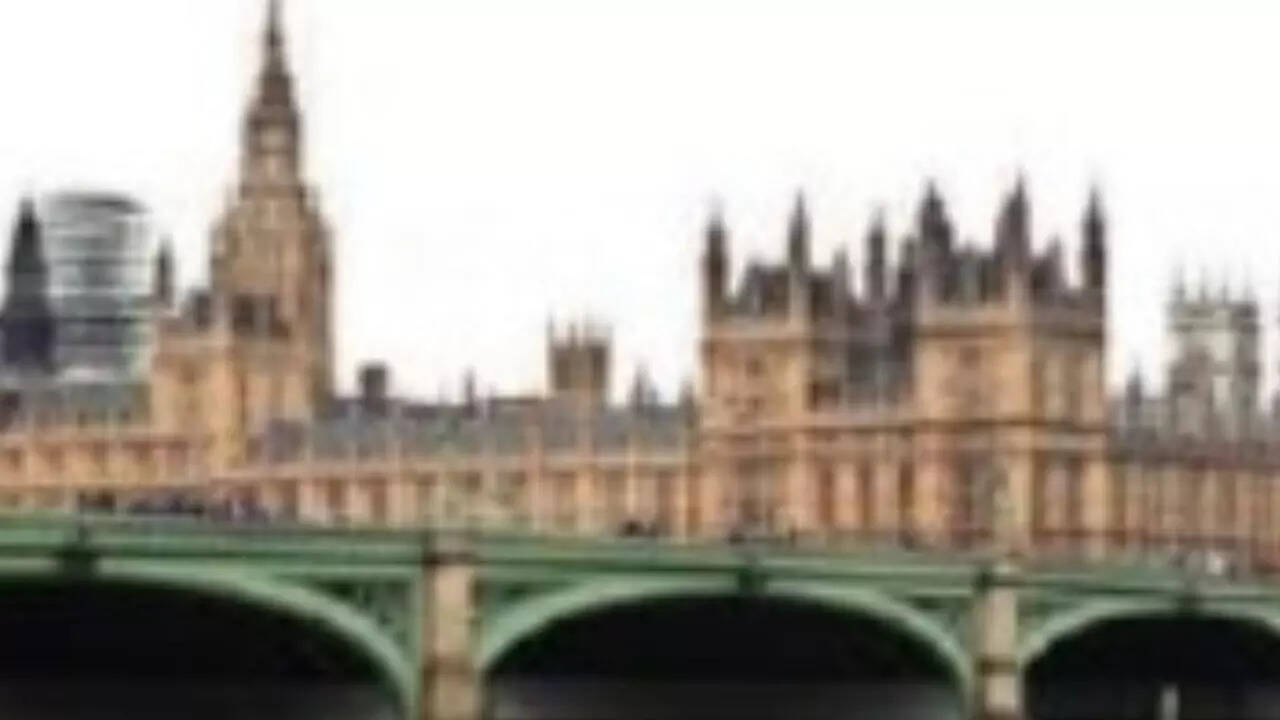LONDON: Home ownership in England and Wales is most common for people who identify as being of an Indian ethnicity, the latest release of data from the 2021 census has revealed.
The Indian diaspora, together with the Chinesecommunity, also has the highest levels of education attainment across all ethnic groups, and jointly have the highest proportion of people working in professional occupations in the UK.
The results of the 2021 census are being released in phases and demonstrate large disparities between ethnic groups by education, employment, health and housing across England and Wales.
Home ownership was most common for people who identified as being of Indianethnicity at 71%, followed by white British at 68%. Overcrowded housing is most common for people who identified as Bangladeshi, with 39% of them in this living situation. Social rented housing, on the other hand, was most common among people who identified as black Afro-Caribbean.
Professional occupations (for example, doctors, teachers and lawyers) also saw the highest percentage of people coming from the Indian and Chinese ethnic groups equally at 34% from both those groups. This was followed by 33% of white Irish and 30% of Arabs compared to 20% of Pakistanis, 17% of Bangladeshis and 19% of white British.
People who identify as Chinese and Indian also have the highest levels of education of the 19 ethnic groupsanalysed, with 56% of Chinese having got such qualifications and 52% of people in the Indian ethnic group having them, closely followed by African.
On the census, everyone was asked to rate their health from “very good” to “very bad”. Over the whole population, 48% of people said they had “very good” health and 1.2% said they had “very bad” health. The ethnic groups reporting the poorest health were people who identified as white Irish and people who said they were white gypsies. People who identified as Bangladeshi, however,reported poorer health than might be expected since this group is relatively young, with an average age of 27 years. The highest reported levels of “very good” health were among mixed-race white and Asian people at 67%, and people who identified as African at 65%.The Pakistani ethnic group had the second-largest gender difference on health, with 4.2% of women reported having bad health compared with 2.9% of men. Whilst 46% of white British described their health as very good, 53% of the Indian ethnic group did.
Among reasons for being economically inactive, women were more likely than men to say they were looking after home or family. This difference was particularly large among people identifying as Bangladeshi or Pakistani.
The employment figure was highest for people who identified with an “other white” ethnicity at around 63%, followed by 62% for both white Brits and white Irish, followed by 61% for Indians. Eleven per cent of white Brits are self-employed compared to 10% of Indians.
The Indian diaspora, together with the Chinesecommunity, also has the highest levels of education attainment across all ethnic groups, and jointly have the highest proportion of people working in professional occupations in the UK.
The results of the 2021 census are being released in phases and demonstrate large disparities between ethnic groups by education, employment, health and housing across England and Wales.
Home ownership was most common for people who identified as being of Indianethnicity at 71%, followed by white British at 68%. Overcrowded housing is most common for people who identified as Bangladeshi, with 39% of them in this living situation. Social rented housing, on the other hand, was most common among people who identified as black Afro-Caribbean.
Professional occupations (for example, doctors, teachers and lawyers) also saw the highest percentage of people coming from the Indian and Chinese ethnic groups equally at 34% from both those groups. This was followed by 33% of white Irish and 30% of Arabs compared to 20% of Pakistanis, 17% of Bangladeshis and 19% of white British.
People who identify as Chinese and Indian also have the highest levels of education of the 19 ethnic groupsanalysed, with 56% of Chinese having got such qualifications and 52% of people in the Indian ethnic group having them, closely followed by African.
On the census, everyone was asked to rate their health from “very good” to “very bad”. Over the whole population, 48% of people said they had “very good” health and 1.2% said they had “very bad” health. The ethnic groups reporting the poorest health were people who identified as white Irish and people who said they were white gypsies. People who identified as Bangladeshi, however,reported poorer health than might be expected since this group is relatively young, with an average age of 27 years. The highest reported levels of “very good” health were among mixed-race white and Asian people at 67%, and people who identified as African at 65%.The Pakistani ethnic group had the second-largest gender difference on health, with 4.2% of women reported having bad health compared with 2.9% of men. Whilst 46% of white British described their health as very good, 53% of the Indian ethnic group did.
Among reasons for being economically inactive, women were more likely than men to say they were looking after home or family. This difference was particularly large among people identifying as Bangladeshi or Pakistani.
The employment figure was highest for people who identified with an “other white” ethnicity at around 63%, followed by 62% for both white Brits and white Irish, followed by 61% for Indians. Eleven per cent of white Brits are self-employed compared to 10% of Indians.
